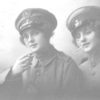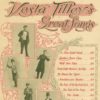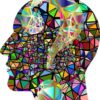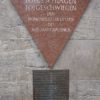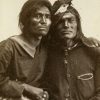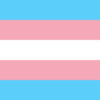
Over the past several years, there has been a dramatic increase in the visibility of transgender people and the understanding of transgender issues. Polls show that most Americans believe they know what being transgender means and overwhelmingly feel that our laws should protect transgender people. At the same time, transgender and gender non-conforming people face injustice in every aspect of their lives: at home, in schools, in workplaces, in doctors’ offices and emergency rooms and in public places like grocery stores, restaurants and hotels. This lesson will provide an opportunity for high school students to learn more about transgender identity and issues, the barriers faced by people who identify as transgender or are gender non-conforming and how we can make our schools safe and welcoming for transgender and gender non-conforming students.



